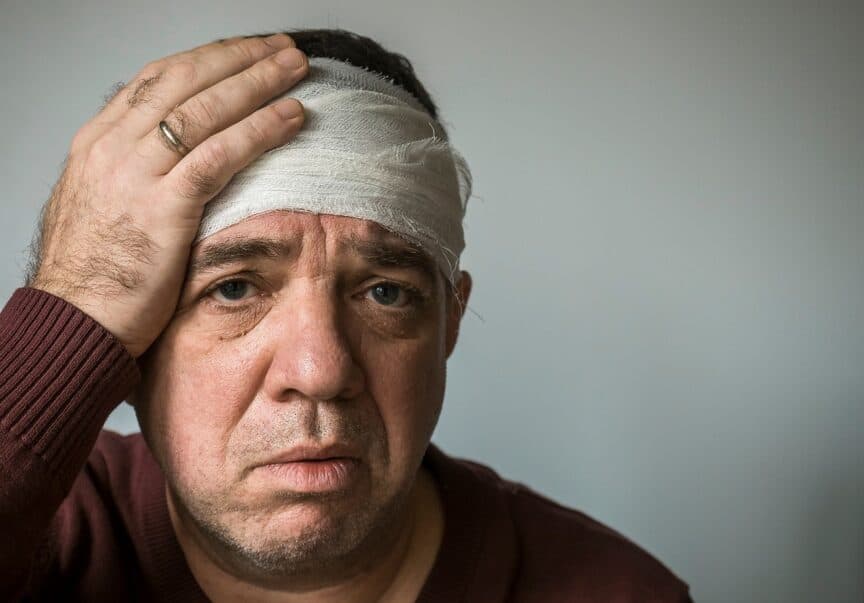Hearing Loss is Extremely Serious and Extremely Common
Hearing health is as fundamental to our overall health as diet, exercise, and proper sleep. When someone downplays their hearing loss or even outright denies that it is happening, the consequences to their overall health are more often than not catastrophic. When ignored, hearing loss not only represents a persistent threat to one’s physical safety, but it can also lead to all sorts of intertwined and compounding emotional and psychological problems.
In The United States, more people are affected annually by hearing loss than diabetes or cancer. More than 13% of the population aged 18 and over live with it. It is impossible to get an exact number for all kinds of reasons, but it is commonly estimated to be between 40-50 million Americans. Sadly, less than one out of every five people with hearing loss seeks and maintains appropriate treatment.
How Hearing Loss Happens
We hear thanks to the innumerable, antennae-like, microscopic hairs in our ears. When sound waves hit them, they vibrate against our eardrums, which then send nearly instantaneous signals to our brains to identify. Any damage to any of these tiny hairs or the eardrum causes permanent and irreversible hearing loss.
Such damage may be the result of an instantaneous tragic event. But much more commonly it is a very gradual process, the result of habitual exposure to dangerously loud volumes. All kinds of bad habits central to personal and social activities may involve such exposure, such as listening to headphones too loudly or playing loud video games. But The Center for Disease Control (CDC) estimates that 22 million Americans are exposed annually to dangerous sound levels at work. Some industries pose a further threat to their workers not only thanks to the volume, but also the chemical exposure. If inhaled, ingested, or absorbed through skin, ototoxic chemicals cause hearing loss and warp your internal balance by injuring your central auditory system.
Risky Industries
The cheer of an arena or stadium, the persistent howl of a nightclub, the roar of a tarmac, and the bash of operating a jackhammer all expose their workers to dangerous sound levels. If an environment is 85 dB or louder, it is dangerous to spend any extended amount of time there. If you are forced to raise your voice to communicate with someone standing an arm’s length away, or if your ears ring or you even have temporary hearing loss after a work shift, you are at risk.
Some of the most dangerous industries are those that involve both loud noise levels and ototoxic chemicals. When both are present they create a synergistic danger. This means that sound levels may be below industry regulations, and chemical exposures may also be within acceptable standards, but the risk is heightened by exposure to both.
These most dangerous industries include:
—Agriculture: Big machinery and ototoxic pesticides are both ubiquitous.
—Construction: heavy machinery and ototoxic solvents are omnipresent.
—Manufacturing: Many sectors, from fabricated metals to textiles, combine exposure to both roaring machinery and dangerous fumes.
—Mining: Again, this combination of intense machinery and chemical exposure, especially given the confined spaces that miners work in, makes this the industry with the highest rate of noise-induced hearing loss.
OSHA GUIDELINES
The Occupational Safety and Health Administration (OSHA) has explicit regulations and guidelines to lessen the potential risks inherent to various industries. One example is if noise exposure averages 85 dB or more over a span of eight hours, employers must offer hearing conservation programs that will teach employees how to protect themselves. Further guidelines mandate that employers must always use quieter machines when possible, isolate the sources of dangerous volumes, limit the exposure time for each worker, and maintain vigilant use of personal protective equipment (PPE).
OSHA guidelines also apply to exposure to ototoxic chemicals. These guidelines closely resemble the guidelines listed above. Industries must offer employees the proper education to identify potential risks. This is essential. Employers must eliminate and substitute ototoxic chemicals with less toxic chemicals in every circumstance in which it is possible. They must isolate and properly ventilate every source of exposure, limit exposure time, and again, always use proper PPE.
Vigilant adherence to OSHA guidelines at your place of employment will go a tremendous way in preserving your hearing, which will go a tremendous way in preserving your quality of life. Make some intentional decisions today. Make an appointment with one of our specialists to get an objective assessment of your hearing.


